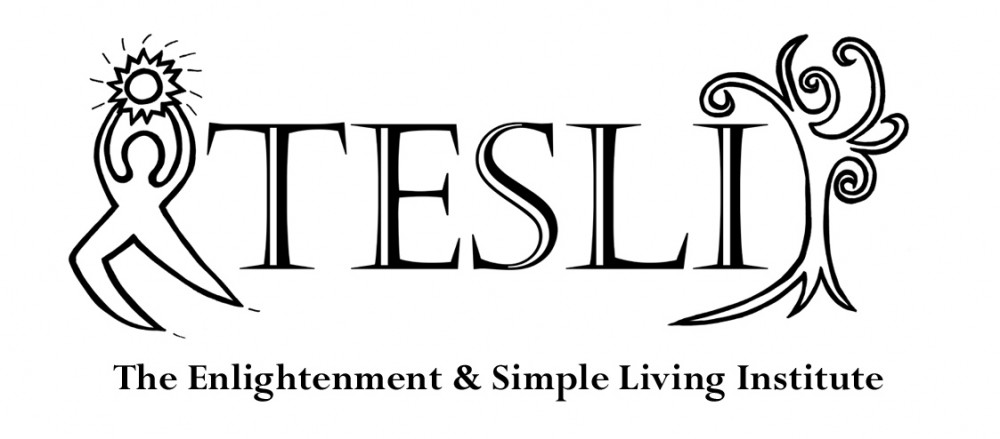Although the “dark night of the soul”  has fallen into common usage, I would like to credit St. John of the Cross for his treatise by that title written in the 16th century. Since we have been discussing the possibility of alternate views on “depression” his work seems quite relevant.
has fallen into common usage, I would like to credit St. John of the Cross for his treatise by that title written in the 16th century. Since we have been discussing the possibility of alternate views on “depression” his work seems quite relevant.
St. John of the Cross describes the “dark night” and extols its purpose and benefits to spiritual growth. Notice the similarity of his descriptions to depression.
“The dark night puts the sensory and spiritual appetites to sleep, deadens them, and deprives them of the ability to find pleasure in anything. It binds the imagination and impedes it from doing any good discursive work.” (The Dark Night, Book 2, Chapter 16)
“…although it may seem to them that they are doing nothing and are wasting their time, and although it may appear to them that it is because of their weakness that they have no desire in that state to think of anything. The truth is that what they will be doing is quite sufficient…” (The Dark Night, Book 1, Chapter 11)
“Spiritual person’s suffer great trials, by reason not so much of the aridities which they suffer, as of the fear which they have of being lost on the road, thinking that all spiritual blessing is over for them and that they have been abandoned* since they find no help or pleasure in good things.” (The Dark Night, Book 1, Chapter 10)
For someone on a spiritual path that thinks themselves “depressed” I highly recommend, The Collected Works of St. John of the Cross.This work includes The Dark Night of the Soul and The Ascent of Mount Carmel where he begins his discussion of the dark night. He divides the dark night into three phases: the active night of the senses, the passive night of the senses and the passive night of the spirit.
The active night is where we are actively turning from things that provided us with “empty calories”. It is where we decide that twelve hours of television a day may be entertaining, but it doesn’t really satisfy us. Or perhaps we decide that while certain foods taste good, they ultimately make us sluggish or contribute to ill health. In this way we “actively” enter a dark night of our senses. We are turning from simple sensual pleasures and looking for more inner meaning.
“We are using the expression “night” to signify a deprival of the gratification of the soul’s appetites in all things.” (The Ascent of Mount Carmel, Book 1, Chapter 3)
Here he refers to “things” meaning “worldly” things in contrast to ultimate reality. He further explains that it is a dark night because turning from worldly things is a dark night for our senses, relying on faith is a dark night for our intellect, and reaching enlightenment is a dark night to the soul in this life.
However, we can only get so far with that process. To get to enlightenment, St John says we need to enter a passive process by which unseen forces (God) begins to change us. The passive process is best described as depression. Before we were actively turning from superficial pleasures and now we inherently find no pleasure in anything. This includes not only worldly things, but our spiritual practice as well.
“The soul suffers great pain and grief, since there is added to all this the fact that it finds no consolation or support in any instruction or spiritual master.” (The Dark Night, Book 2, Chapter 7)
The Buddhist parallel is “purification”. Purification is the process by which our “shit” arises, we watch it without reacting, and that is the end of it. This process is facilitated by mindfulness based meditation. St John advises:
“If those souls to whom this comes to pass knew how to be quiet at this time, and troubled not about performing any kind of action, whether it inward or outward, neither had any anxiety about doing anything, then they would delicately experience this inward refreshment in that ease and freedom from care.” (The Dark Night, Book 1, Chapter 9)
The dark night is completely individual and unpredictable. It can be short, severe and brutal. It can also last years and years. Usually the longer courses of dark night are intermingled with times of illumination. Hmmm… sounds a little bipolar.
So perhaps when you are thinking you might just be cursed with mental illness you can consider other possibilities:
“It will happen to individuals that while they are being conducted along a sublime path of dark contemplation and aridity, in which they feel lost and filled with darknesses, trials, conflicts, and temptations they will meet someone who will proclaim that all of this is due to melancholia, depression, temperament, or some hidden wickedness.” (The Ascent to Mount Carmel, Prologue, Section 4)
On that note, I will slip back into my night. The effort that I applied to complete this post has been great and I am spent. I now relax into the infinite repose that is the nature of ultimate reality and I can breath again. Being is enough.
Want to read more St. John of the Cross? Here is a post on contemplation.
* I replaced “God has abandoned them” with “they have been abandoned” for a more universal appeal.
